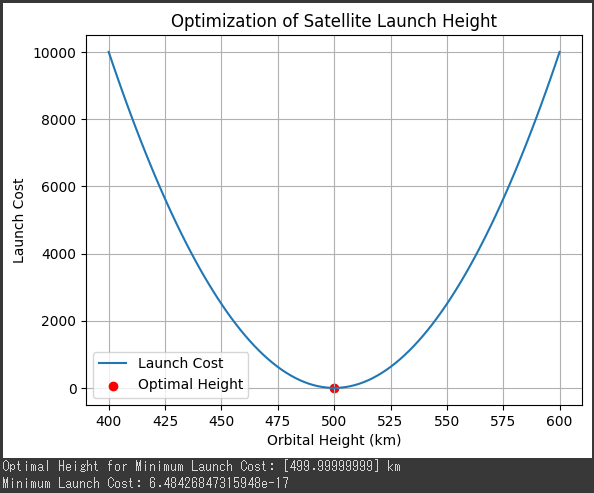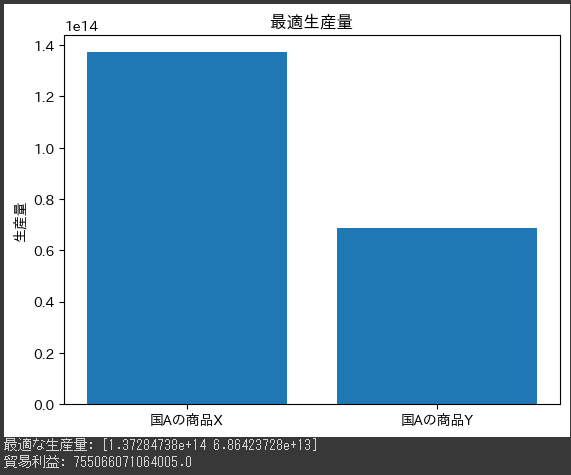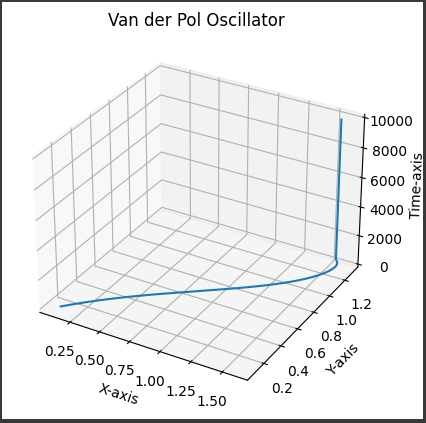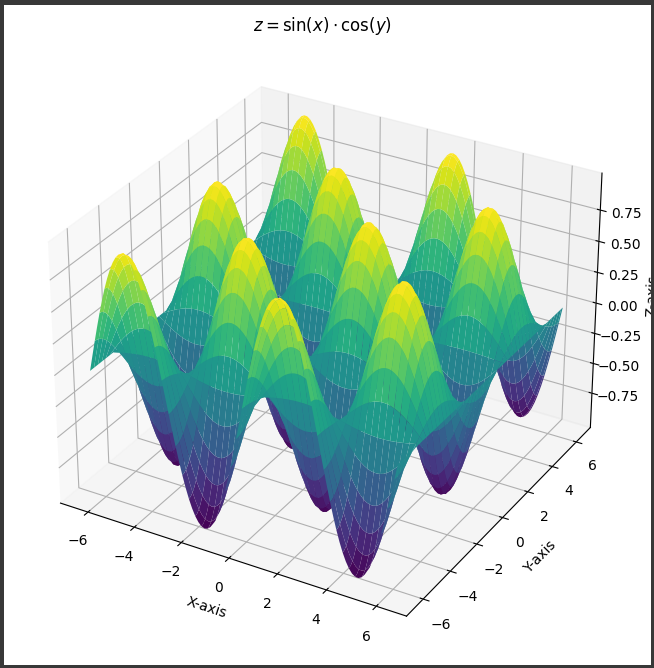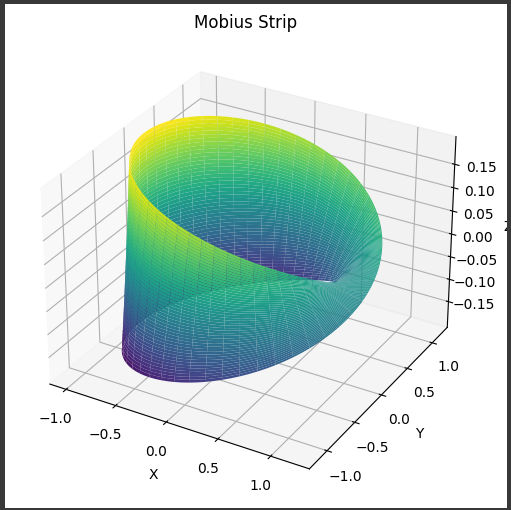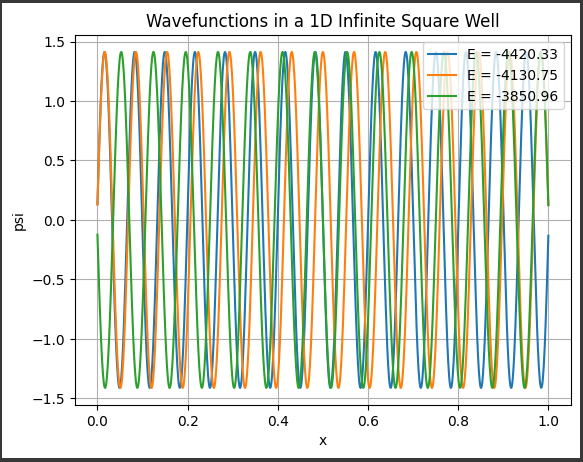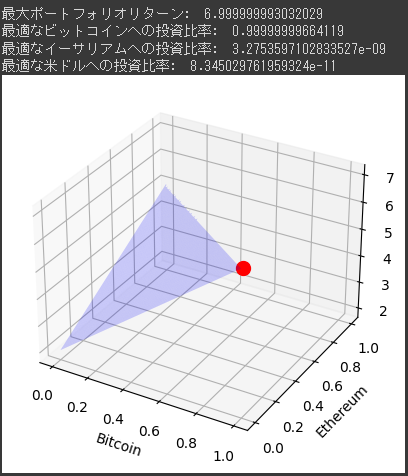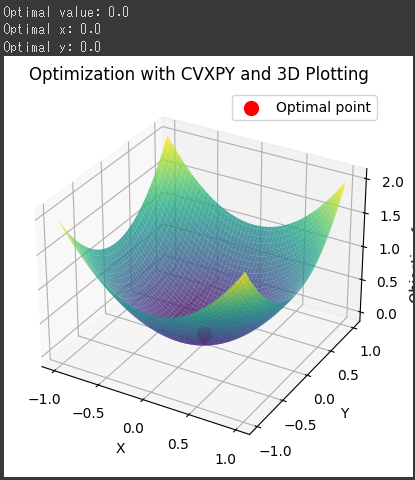栄養学 最適化問題
栄養学の最適化問題の一例として、食事計画を最適化する問題を考えてみましょう。
例えば、特定の栄養素を最大化または最小化するという目標を持った食事プランを作成することができます。
以下のコードは、特定の栄養素(タンパク質、脂質、炭水化物など)を最大化する食事プランを最適化する問題を扱います。
SciPyのminimize関数を使用します。
1 | from scipy.optimize import minimize |
このコードは、最大化したい栄養素を設定し、各栄養素の含有量を変数として最適化します。
制約条件を設定し、合計カロリーと各栄養素の最低摂取量を制限しています。
結果として、最適な食事プランと最大化された栄養素量が出力されます。
[実行結果]
Optimal Meal Plan (Protein, Fat, Carbs): [ 35. 45. 135.] Maximized Nutrient: 181.0
ソースコード解説
このコードは、栄養学の観点から最適な食事プランを見つける最適化問題を扱います。
1. 目的関数の定義:
objective_function関数は、最大化したい栄養素(タンパク質、脂質、炭水化物など)を表しています。- 各栄養素の含有量とそれぞれの吸収率を考慮し、それらの積の総和を最大化することがこの関数の目的です。
2. 初期推定値:
initial_guessは、最適化アルゴリズムによって使用される栄養素の初期量を示しています。
3. 制約条件:
constraintsでは、合計カロリーと各栄養素の最低摂取量に関する制約条件を設定しています。- この場合、合計カロリーは200未満でなければならず、タンパク質、脂質、炭水化物はそれぞれ50g、60g、150g以上である必要があります。
4. 最適化の実行:
minimize関数を使用して、定義した目的関数と制約条件を考慮して最適な栄養素を見つけます。- ここではCOBYLA法を使用して最適化を行っています。
5. 最適化結果の表示:
- 最適な食事プラン(タンパク質、脂質、炭水化物の含有量)と、それによって最大化された栄養素の量が出力されます。
結果解説
この結果は、特定の栄養素(タンパク質、脂質、炭水化物など)を最大化する食事プランを見つけたことを示しています。
[実行結果]
Optimal Meal Plan (Protein, Fat, Carbs): [ 35. 45. 135.] Maximized Nutrient: 181.0
最適な食事プラン:
最適な食事プランでは、タンパク質が35g、脂質が45g、炭水化物が135g含まれています。
これは、目標としていた栄養素を最大化するために、それぞれの栄養素が含まれる量を示しています。
これらの値は最適化アルゴリズムが見つけた最良のバランスを表しています。最大化された栄養素量:
最大化された栄養素の値は181.0です。
この値は、目的関数が最大化した栄養素の総量を示しています。
最適化の目標は、この数値をできるだけ高くすることでした。
